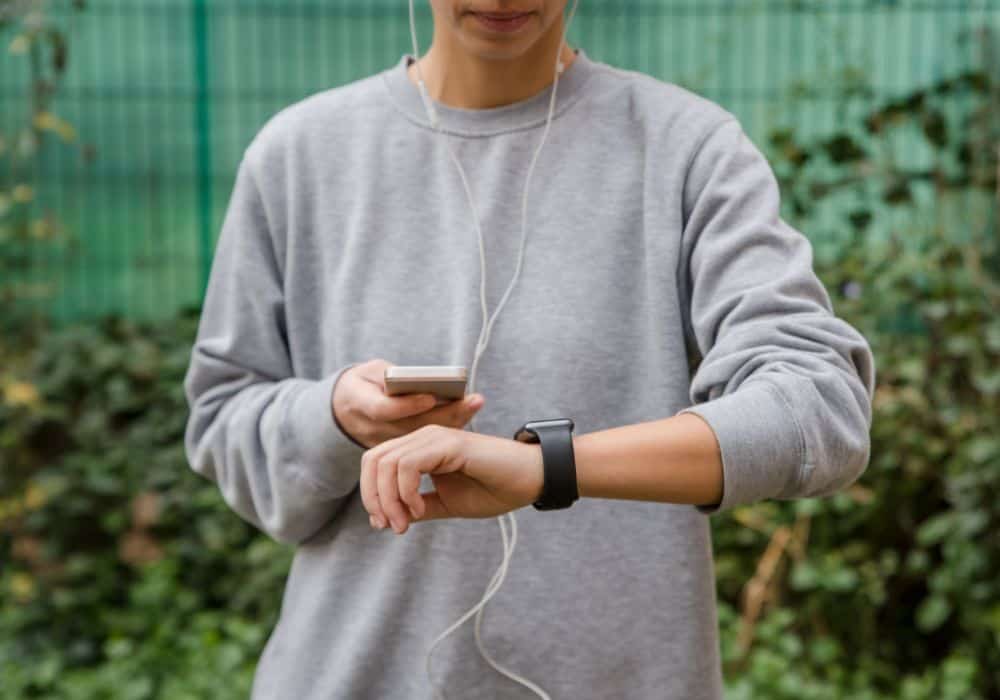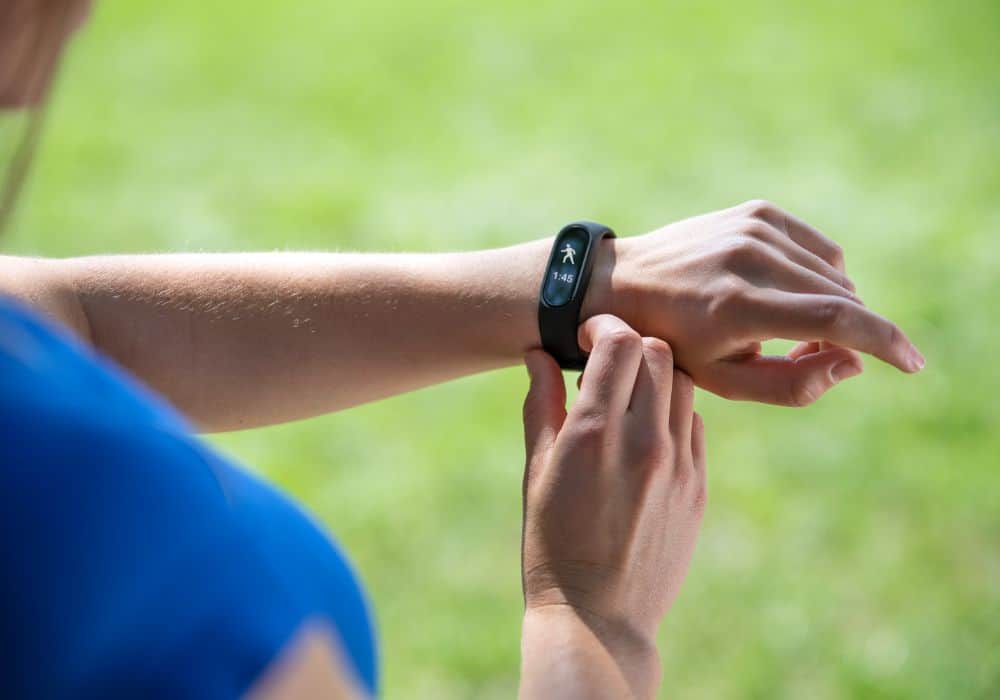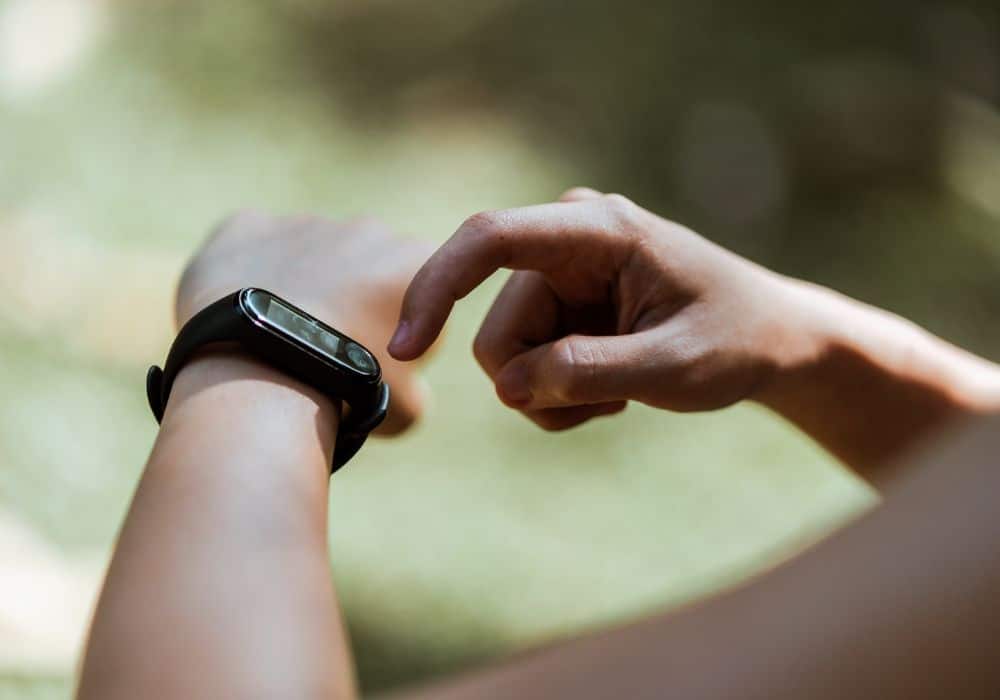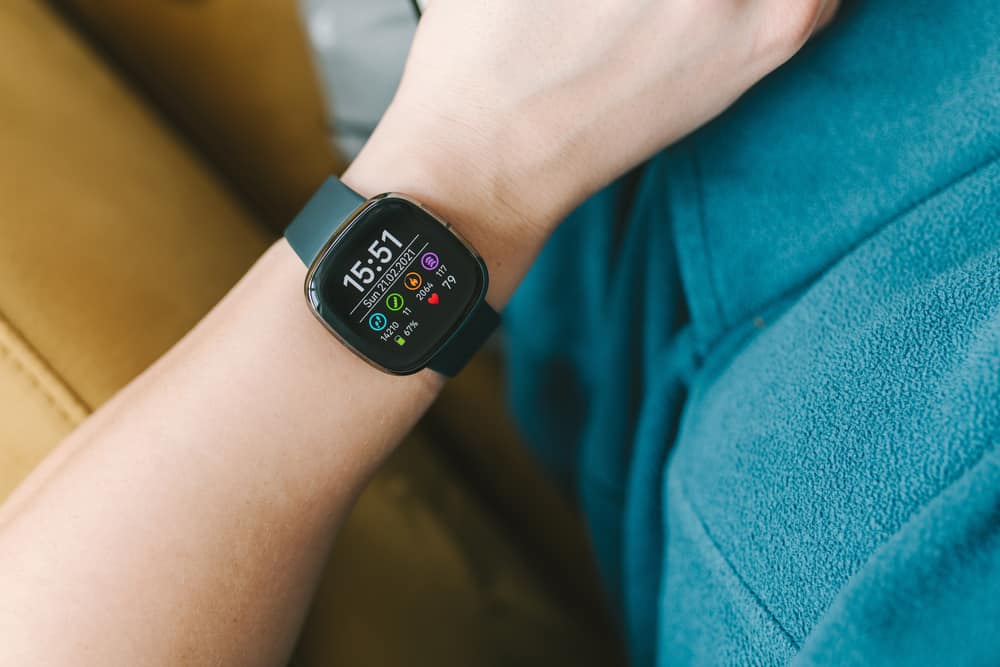If you are a fitness enthusiast, you will understand the importance of Fitbit in checking your progress. Many already use the device and report its efficiency, dependency, and durability.
But if you are just getting the device, you may wonder how long a Fitbit battery lasts. A Fitbit design is such that the battery can last a long time. In other words, Fitbits have batteries that can last days after each charge, between five and seven days.
The best part is that the battery does not have to die on you. The brand reminds you to charge it when the battery drops to 25%. The battery can still last one day at this percentage. However, it is important to remember to remove and charge the device.
Some users do not regularly charge their Fitbit, even when there is a reminder. As a result, the battery dies on them in the middle of the day. Poor charging and care habits can also prematurely damage the battery or device.
Table of Contents
What to Do If Your FitBit Battery Drains too Quickly
If you notice your Fitbit battery runs out too quickly, it may be due to the unique settings and configurations. It may also be due to your device usage, draining the battery faster than usual. Another possibility is that the battery needs a replacement.
But before replacing the battery, try the following steps to fix specific settings:
- Check how bright the screen is. If you use the always-on display, it may affect how long the battery lasts. Adjust the screen timeout to turn off faster when not in use.
- The SpO2 app or clockface may also drain the battery. Check to see if your Fitbit uses it; it typically runs in the background to track your blood oxygen saturation data. This affects the battery life.
- Check for outdated firmware. The device runs on firmware that needs to stay up to date. Outdated firmware can affect how well the battery or the entire device performs. Therefore, perform necessary updates.
- If an update is not the issue, check the enable notifications that you do not need. Too many notifications affect the battery and run it down in no time.
- Ensure dirt does not clog the charging cable and port. Dirt may affect how fast and well the battery charges.
- If none of the above works, reboot the device to see if there is a battery improvement.
We would like to point out that these steps apply to all Fitbit device series. These include the Fitbit Versa 2, Fitbit Ace 2, Charge 4, Fitbit Flex, Ionic, and Fitbit Alta series. However, there may be a recall of the Fitbit Ionic series due to some design flaws that cause the battery to overheat.
9 Tips to Improve Your Fitbit Battery Life

We have compiled a list of tips and tricks that may positively affect the battery life of your Fitbit. Following some or all of them can make all the difference and provide more battery usage per Fitbit charge.
1. Turn the Always Connected Feature Off
There is a feature called Always Connected on the Android app. You can use it to keep your Fitbit connected to your smartphone. While this may be convenient for checking different things, it also impacts the battery life.
Turn it off and monitor the battery to see if there is any improvement. The feature improves the Bluetooth connection between your phone and Fitbit, indirectly affecting the battery.
2. Do Not Use the All-day Sync
Connecting your Fitbit to your phone is convenient. You can have all the data you need on your phone once both devices sync with this feature. However, the syncing process consumes the battery on your phone and Fitbit.
While using this feature saves time for manually syncing both devices, it also drains the battery. Consider turning it off to conserve your Fitbit battery, but note that the tracker will no longer deliver data to the Fitbit servers.
Note that manually syncing all the time still significantly impacts the battery. In other words, if you always use the manual syncing method, you use up battery life as much as allowing the automatic syncing.
Therefore, reduce contact or fiddling with the device to prevent premature drainage. Nevertheless, you can always manually sync to stay on track and up to date. Manual syncing stops the automatic sync that happens whenever you open the app, conserving your phone and Fitbit battery.
3. Disable Reminders to Move
Using this feature allows you to take deliberate steps at different times of the day. However, it is one of the features that drain the battery, so you may want to use it intermittently. Adjust the settings so that it alerts you to move when you intend to do so.
For example, set the reminder if you intend to walk a specific number of steps between 8 am and 9 am. Take those steps and turn off the reminder to conserve your Fitbit battery. Otherwise, keep the device off if you do not intend to walk.
4. Turn off the Heart-rate Monitor

Some Fitbit series, such as the Ionic, Versa 2 and Lite, Charge 4, and Inspire HR, have a feature that checks your heart rate whenever you move or work out. That means the monitor is constantly and actively checking your heart rate all day, keeping the device’s battery running.
But while the feature is excellent at checking and storing heart-rate data, it also consumes battery life. Consider turning it off sometimes if you want to save some battery juice. The device may not help with advanced sleep tracking or storing crucial data, but you can use it for longer because of improved battery life.
5. Disconnect the Connected GPS
Specific Fitbit series use the Phone GPS or Connected GPS to track movement, but it also drains your phone’s and Fitbit’s battery. If you use a Fitbit Blaze, Ionic, Versa, Inspire HR, or Charge, check whether or not this feature is active.
Each Fitbit model has a different method of disabling the built-in GPS feature, so check the manual for specific instructions. Using the Exercise Option screen, you can turn it off on some series. Others, like the Fitbit Inspire HR series, use the Settings app, and a few use the mobile Fitbit app on your phone.
6. Use the Sleep Mode
Tracking your sleep pattern with your Fitbit is convenient and helpful. But it wears the fitness tracker out and drains the battery if you use it with all the features while sleeping. It is best to use the Sleep Mode. It does not represent your sleep and wake-up time but is for display purposes only.
The device mutes all notifications, dims the screen when you use it, and keeps the screen dark when not in use on your wrist. Movement does not automatically trigger the screen brightness. However, this mode is may not unavailable on all Fitbit series, so it may not apply to you.
You can turn the Sleep Mode on and off through the Quick Settings on the device. Alternatively, set a sleep schedule up to turn on the Mode automatically. Follow the screen prompts to enable the mode or manually set a sleep schedule.
7. Use the Right Charger

There is a possibility that the charger you use for your Fitbit is not compatible or original. If that is the case, it will affect the length of time the battery lasts.
Fitbit always needs its original charger to keep the battery working and up to its full percentage. Otherwise, you will have battery issues or an entirely damaged one. If you have lost your Fitbit charger, buy another one and ensure it is original.
This is not to say that other chargers do not work with the device, but it helps to check if that is the root of the battery issue. If so, it is easy to fix without replacing the device.
8. Reset Data
Over months and years of use, you may adjust so many settings that they may begin to clash. The numerous adjustments become impossible to change, so resetting the data may be easier than finding each one and reversing it until you detect the fault.
If nothing else seems to work, reset your Fitbit to factory settings. It also clears the junk files that may slow the device and overload the battery. Each series or model has separate steps for a factory reset. So, consult the user manual for instructions to perform the reset.
9. Purchase a New Fitbit
It is only expected that the battery in any device will eventually wear out over time. If you have used your Fitbit for some time, expect the battery to wear out, and it is nothing to worry about or for which to replace the device.
However, consider a new Fitbit if the battery drains too quickly and you always have to connect it to a charger. It may be more cost-effective to replace the entire device than to look for repairs that may further damage it.
Conclusion
How long does a Fitbit battery last? Depending on usage and charge, it can last between five and seven days. A fully charged battery can stay for days with minimal contact and a few settings.
There are various ways to fix a Fitbit battery that drains too quickly. Adjust the settings, dim the screen brightness, turn off unique modes and features, or reset its data. If all else fails, consider replacing the device.
